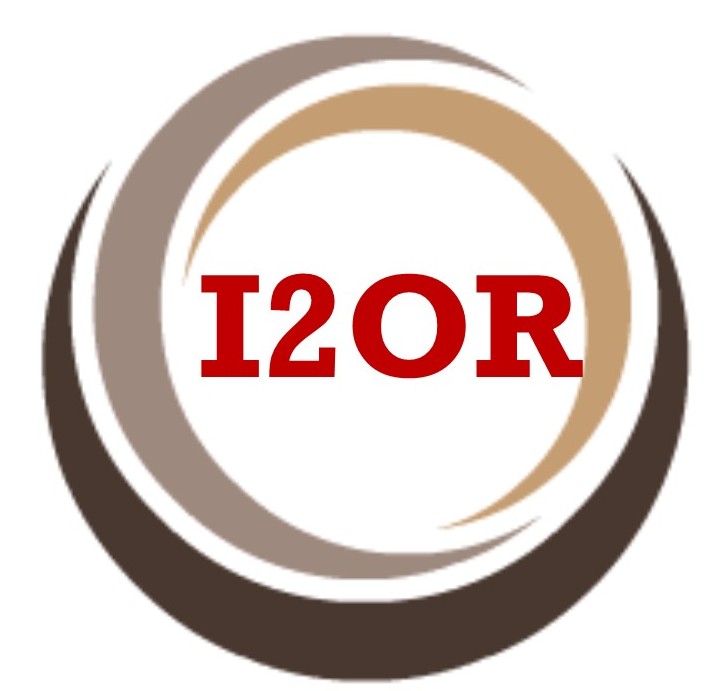| Median arcuate ligament syndrome: What is the best treatment? | |
| DOI: 10.5606/e-cvsi.2023.1552 | |
| İhsan Alur, Bilgin Emrecan | |
| Department of Cardiovascular Surgery, Private Egekent Hospital, Denizli, Türkiye | |
| Keywords: Abdominal pain, celiac plexus, compression, median arcuate ligament release, surgery | |
Median arcuate ligament syndrome is a rare condition that is usually recognized late. Chronic postprandial abdominal pain, weight loss,
loss of appetite, nausea, and diarrhea are usual symptoms due to the median arcuate ligament’s mechanical compression on the celiac trunk
and celiac plexus. The gold standard in treatment is to eliminate the mechanical compression of the median arcuate ligament on the celiac
trunk and celiac plexus. In this article, we present a 49-year-old female patient who previously underwent endovascular intervention but
whose complaints were not relieved and who underwent surgical treatment. |
|
Median arcuate ligament syndrome (MALS) or
celiac artery compression syndrome is a condition
characterized by abdominal pain, weight loss, and loss
of appetite as a result of mechanical compression of the
median arcuate ligament on the celiac trunk and celiac
plexus. It occurs in an estimated 2/100,000 patients.[1]
It is more common in women than men.[1,2] It has also
been reported in the pediatric patient group.[1,2] Clinical findings were chronic postprandial abdominal pain in 80% of cases, weight loss in 48%, murmur on auscultation in 35%, nausea in 9.7%, and diarrhea in 7.5%.[2,3] Diagnosis is made by color Doppler ultrasound or computed tomography angiography. Inflammatory bowel diseases and anxiety disorder should be considered in the differential diagnosis. The gold standard in treatment is to eliminate the mechanical compression of the median arcuate ligament on the celiac trunk and celiac plexus. Therefore, surgical treatment seems to be the best option for patients diagnosed with MALS. In this article, a patient who underwent endovascular intervention but whose complaints were not relieved and who underwent surgical treatment was reported. |
|
|
CASE PRESANTATION
|
|
A 49-year-old female patient had complaints of
abdominal pain, fear of eating (cibophobia), weight
loss, abdominal distention, belching, constipation,
loss of appetite, and nausea that had persisted for five years and had increased since the last six months. In
her gastroenterological examination, no pathology
could be found to explain these symptoms. Later
diagnosed with MALS on computed tomography
angiography by interventional radiology. With the
conventional mesenteric angiography technique,
80 to 90% stenosis was detected in the celiac artery,
and the stenosis was resolved by placing a 6¥27 mm
stent (Figure 1a, b). The patient's abdominal pain
complaints disappeared temporarily but started again
after one week. In the control angiography performed
by the interventional radiologist, the stent was found
to be broken (Figure 2a, b), and surgical intervention
was recommended to the patient. Open surgical
intervention was scheduled after the completion of
preoperative evaluations. A median laparotomy was
performed above and below the umbilicus, following
preparations under sterile conditions under general
anesthesia. The celiac trunk, main hepatic artery,
splenic artery, left gastric artery, and infrarenal aorta
were released by encircling with a vessel tape. The stent
was palpated proximal to the celiac trunk. There was
no pulse distal to the stent. The ligament on the celiac trunk and plexus was released with electrocautery.
Intravenous 5,000 IU unfractionated heparin was
administered. After an appropriate activated clotting
time (ACT) was reached (ACT>150), bypass grafting
was performed between the infrarenal aorta (Figure
3a) and the main hepatic artery (Figure 3b) using an 8 mm Dacron graft by tunneling from the intestinal
mesos behind the stomach and in front of the
duodenum/pancreas. The postoperative period was
uneventful. The patient was discharged on the sixth
postoperative day. |
|
The existence of this disease is still controversial,
and its diagnosis depends on the elimination of other
possible causes of abdominal pain. The symptoms of
MALS may not cause chronic mesenteric ischemia,
and the pathophysiology of this disease is still not
fully understood. However, a prospective cohort
study using ischemia function testing demonstrated
long-term benefit in approximately 80% of treated
cases.[4] Patients treated nonoperatively appear to have
worse outcomes.[2] The main etiology of this disease is anatomical, as the median arcuate ligament mechanically compresses the celiac trunk and celiac plexus. In other words, since the main cause is anatomical, the treatment of the disease is to eliminate this pressure.[2] The stent is broken or kinked due to mechanical compression. In this case, an endovascular intervention was performed one month ago, a stent was placed, but the patient's complaints started again, as stent fracture occurred one week later. Open surgery, minimally invasive procedures, or laparoscopic methods are applied.[3,5] Whatever the method is, it should aim to eliminate compression. Postprandial intestinal angina, cibophobia, weight loss, nausea, and vomiting are prominent complaints in MALS.[2] In our case, epigastric pain/rumbling, cibophobia, abdominal bloating, belching, constipation, loss of appetite, and nausea were present in accordance with the literature. Bypass grafting seems to be the most appropriate surgical treatment in some cases. Revascularization is performed by providing antegrade arterial inflow from the thoracic or supraceliac aorta or retrograde arterial inflow from the infrarenal aorta.[2] For anatomical convenience, we performed bypass grafting between the infrarenal aorta and the main hepatic artery in our case. In MALS, cutting the median arcuate ligament or releasing the fibrotic celiac ganglion by incision relieves pressure to a large extent and provides symptomatic relief.[3,5] The most suitable lesion for an endovascular procedure is a short-segment (<10 cm) lesion close to the celiac artery or superior mesenteric artery ostium.[2] In recent years, minimally invasive or laparoscopic methods have also been applied in appropriately selected patients.[3,5] Long-term follow-up data (over five years) after surgical management are lacking. In our case, stenting was previously performed, the stent was fractured and occluded within a week, symptoms relapsed, and the final treatment was open surgery. Ganglionectomy can also be performed if there is a neuropathic component. The celiac plexus was also released during the surgery. After the surgical treatment, the patient's complaints disappeared. It was observed that the patient's complaints completely resolved in the postoperative third month. In conclusion, decompression of the median arcuate ligament's constriction of the celiac artery and plexus provides symptomatic relief in MALS. Bypass grafting seems to be the most appropriate treatment for the surgical treatment of some cases. Patient Consent for Publication: A written informed consent was obtained from the patient. Data Sharing Statement: The data that support the findings of this study are available from the corresponding author upon reasonable request. Author Contributions: All authors contributed equally to the article. Conflict of Interest: The authors declared no conflicts of interest with respect to the authorship and/or publication of this article. Funding: The authors received no financial support for the research and/or authorship of this article. |
|
1) Iobst TP, Lamb KM, Spitzer SL, Patel RN, Alrefai SS. Median
arcuate ligament syndrome. Cureus 2022;14:e22106. doi:10.7759/cureus.22106.
2) Emrecan B, Önem G, Baltalarlı A. İntestinal anjina:
Karın ağrısının ender bir nedeni. Turk Gogus Kalp Dama
2008;16:269-73.
3) Sun Z, Zhang D, Xu G, Zhang N. Laparoscopic treatment
of median arcuate ligament syndrome. Intractable Rare Dis
Res 2019;8:108-12. doi: 10.5582/irdr.2019.01031.
|
|





















